Introduction to Transmission Slippage
Understanding Transmission Slippage
Transmissions slippage is a common and frustrating problem for many vehicle owners. It occurs when the transmissions feels like it is slipping out of gear, leading to a noticeable loss of power and acceleration. This can happen during various driving conditions, including hard acceleration or simple cruising. Transmissions slippage can create a feeling of uncertainty when driving, as the driver may need to press the accelerator more forcefully to maintain speed. Ignoring this issue not only compromises the vehicle’s performance but can also lead to severe long-term damage if not addressed in time.
Importance of Timely Repairs
Addressing transmissions slippage promptly is crucial for more reasons than just performance. If neglected, slippage can escalate into more severe transmission problems that may require extensive repairs or even a complete transmission replacement, which can be quite costly. It’s vital to identify the underlying causes and implement effective solutions to avoid detrimental effects. Understanding the common causes and their fixes allows vehicle owners to be proactive and better maintain their cars. In this article, we will cover the top six causes of transmission slippage and offer practical solutions for each, so you can keep your vehicle running smoothly.
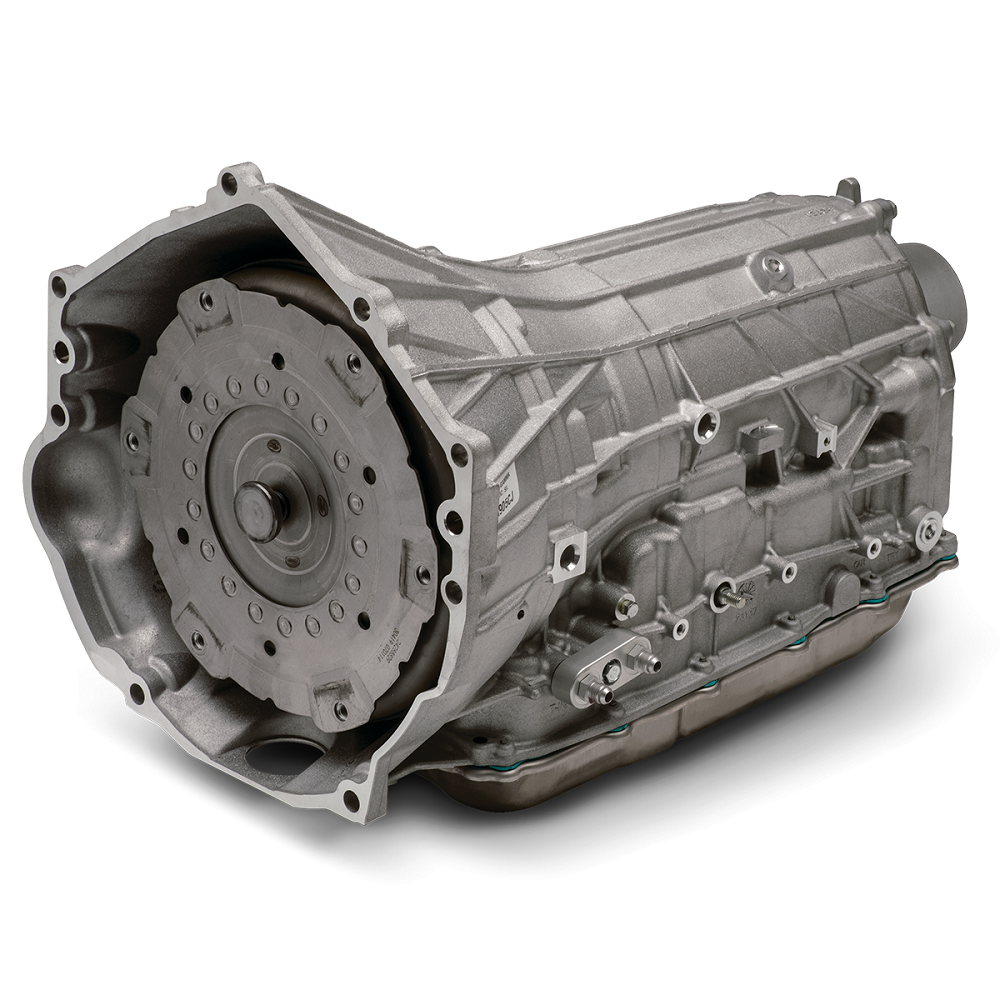
Cause 1: Low or Contaminated Transmission Fluid
Role of Transmission Fluid
Transmission fluid is the lifeblood of your vehicle’s transmission system. It serves multiple critical functions, including lubrication of internal components, hydraulic pressure for shifting, and cooling to dissipate heat generated during operation. Without the proper amount and quality of fluid, the transmission struggles to perform at its best. Low or dirty transmission fluid can lead to erratic shifting patterns, overheating, and ultimately, slippage.
Signs of Low or Contaminated Fluid
If your vehicle’s transmission fluid is low, you may experience symptoms like rough or unresponsive shifting, slipping gears, and unusual noises. Additionally, when inspecting the fluid, you may notice discoloration or a burnt smell, indicating that the fluid is contaminated and needs to be changed. Regularly checking the transmission fluid level and condition is essential for maintaining the overall health of your transmission.
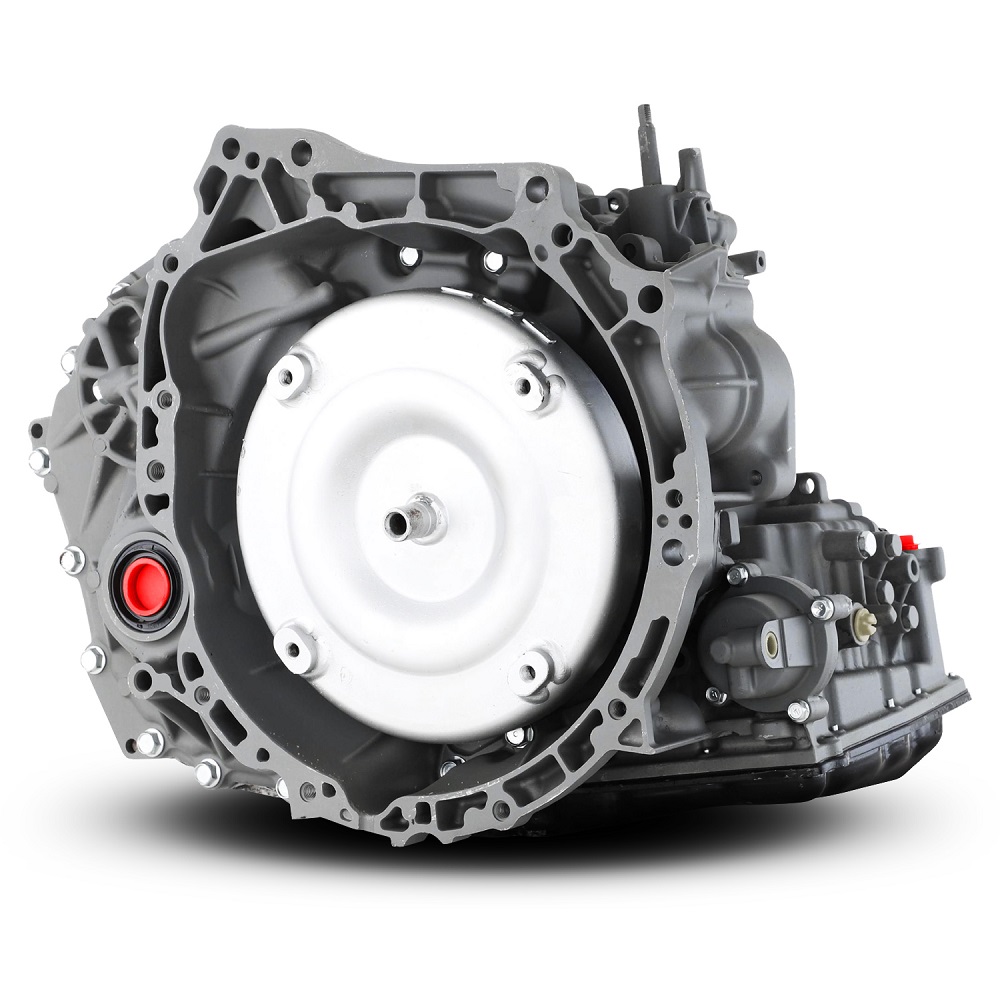
Solution 1: Check and Change Fluid Regularly
Regularly Check Fluid Levels
Maintaining a regular schedule for checking your transmission fluid is vital for preventing slippage. To effectively check fluid levels, locate the transmission dipstick, which is usually found near the back of the engine bay. Remove the dipstick, wipe it clean, and reinsert it to assess the current fluid level. Be sure to check the vehicle owner’s manual for specific guidelines regarding acceptable fluid levels and inspection intervals.
Fluid Change and Maintenance
If you notice the fluid is low, top it off with the manufacturer-recommended fluid type immediately. In cases where fluid appears dirty or burnt, a complete fluid change is necessary. This process typically involves draining the old fluid and replacing it with fresh fluid, along with any necessary filter changes. It’s advisable to consult a professional mechanic for help with transmission fluid changes if you’re unfamiliar with the process. Regular maintenance, including checking and changing the fluid, can help keep your transmission operating efficiently, reducing the risk of slipping and other issues.
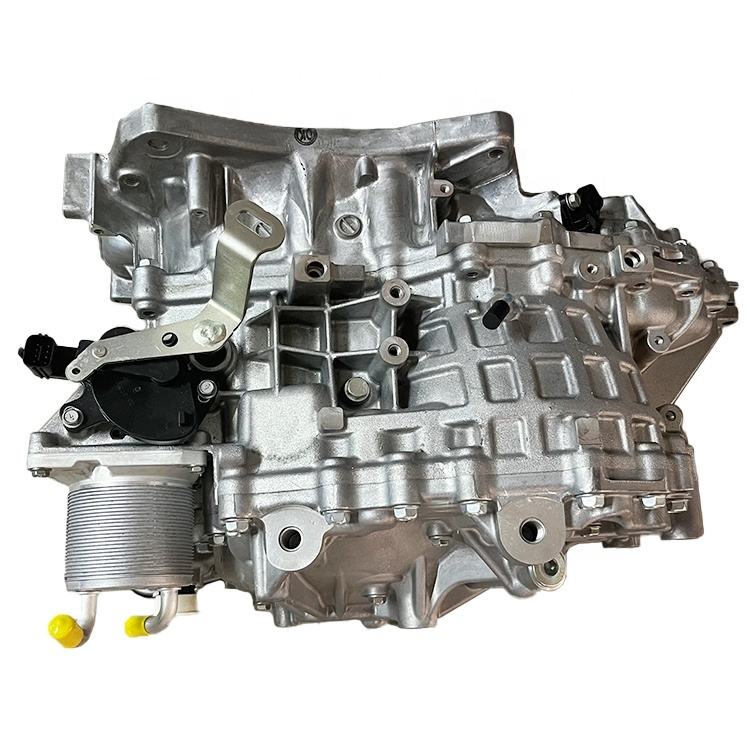
Cause 2: Worn Clutch Plates
Understanding Clutch Plates
In automatic transmissions, clutch plates play a vital role in facilitating smooth gear shifts. These plates engage and disengage under hydraulic pressure, allowing power to flow from the engine to the wheels. Over time, due to wear and tear from friction generated during shifting, these clutch plates can become worn down. As they wear, they lose their ability to grip, leading to slippage and uncomfortable driving experiences.
Symptoms of Worn Clutch Plates
Common signs of worn clutch plates include slipping during acceleration, unusual noises when shifting, and a burning smell due to overheating. You may also notice delayed engagement or disengagement when shifting gears. If these symptoms are present, it’s crucial to address the problem quickly, as continued driving could lead to complete transmission failure.
Solution 2: Inspect and Replace Clutch Plates
Regular Inspection
If you suspect that worn clutch plates may be contributing to your transmissions slippage, regular inspections are necessary. Consult with a qualified mechanic who can assess the condition of the clutch plates and determine if replacements are necessary. Taking this step can help catch issues early before they escalate into more significant problems.
Replacement Process
If the clutch plates indeed need replacement, the process typically involves disassembling the transmission. This complex procedure should be handled by a professional mechanic with experience in transmission repairs. An adequate replacement will restore the connection between the engine and transmission, improving shifting performance and eliminating the risk of slippage caused by worn clutch plates.
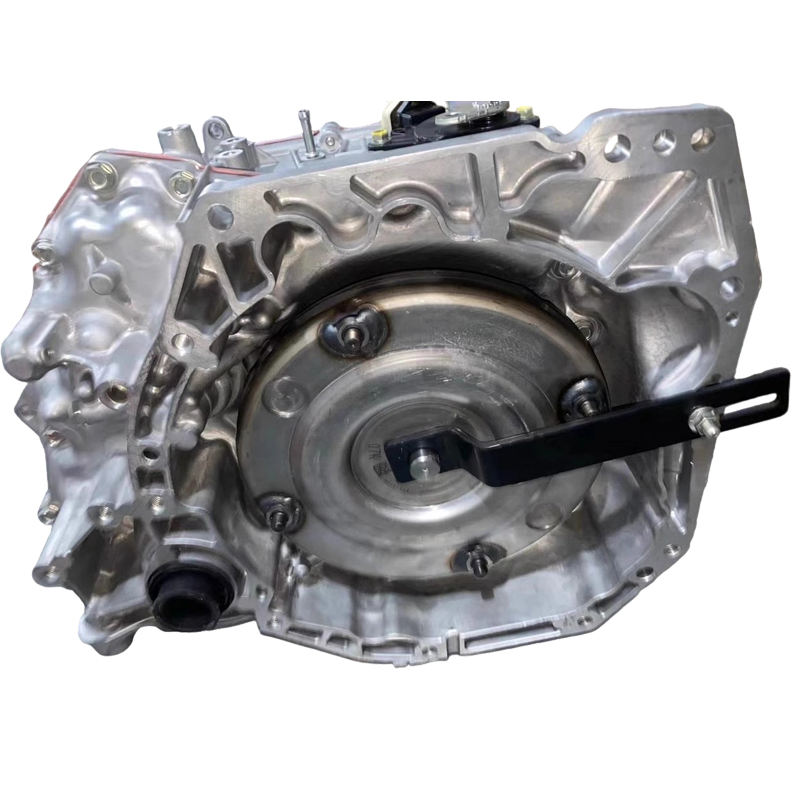
Cause 3: Faulty Transmission Control Module (TCM)
Role of the Transmission Control Module
The Transmission Control Module (TCM) is a critical component of modern automatic transmissions. It is responsible for managing gear shifts based on various inputs, such as vehicle speed and engine load. The TCM uses complex algorithms to determine the best timing for gear changes. A malfunctioning TCM can lead to erratic shifting patterns that may feel like slippage, making it difficult for drivers to control their vehicles effectively.
Symptoms of TCM Issues
If the TCM is faulty, you may experience delayed or harsh shifting, slipping between gears, and even the appearance of warning lights on the dashboard. These signs indicate that the transmission’s overall performance is compromised, warranting immediate attention to prevent more severe consequences.
Solution 3: Diagnose and Repair TCM
Diagnosing TCM Problems
If you suspect that the TCM is causing your transmissions slippage, the next step is to diagnose the problem accurately. Use an onboard diagnostic tool or take your vehicle to a qualified mechanic who can read the error codes generated by the TCM. This diagnostic information will help pinpoint the issue and inform the appropriate repairs.
Repair or Replacement
Depending on the diagnostic results, you may find that the TCM requires reprogramming, reset, or in some cases, complete replacement. A skilled automotive technician should handle this task to ensure the TCM functions correctly within the vehicle’s transmission system.
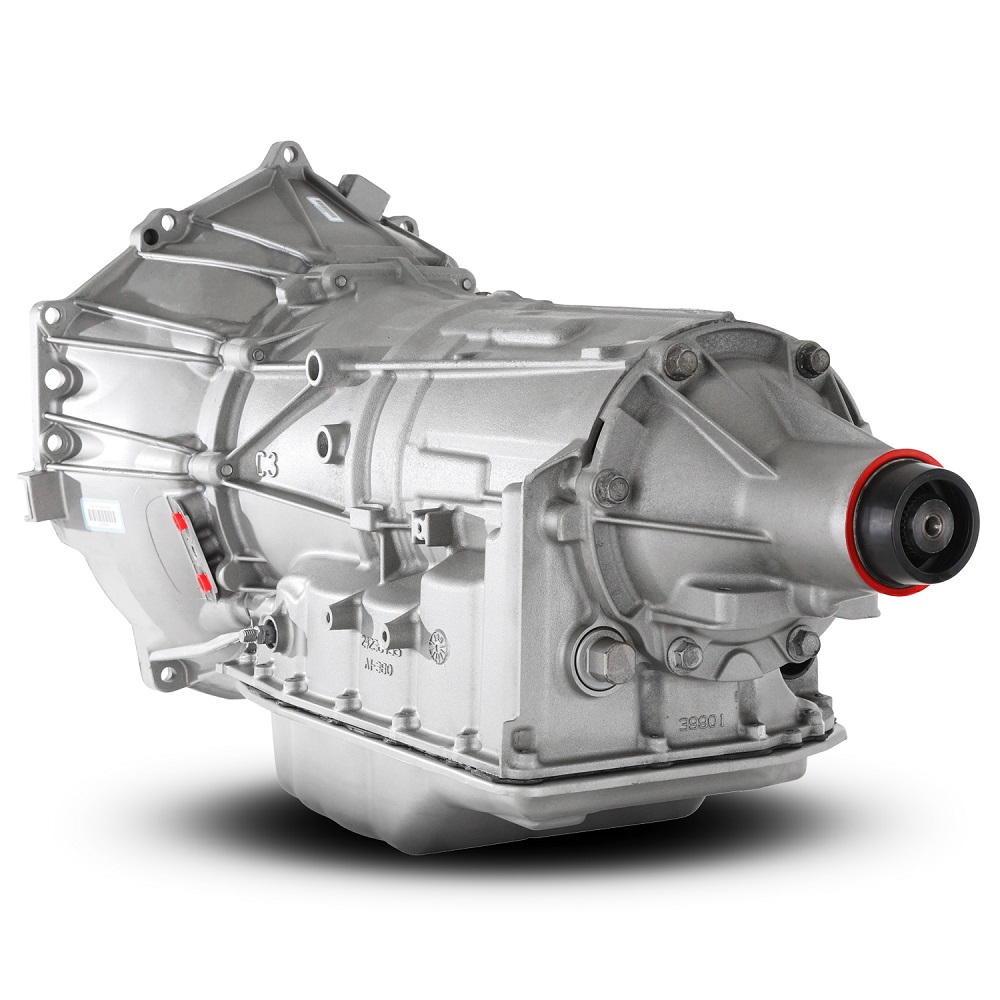
Cause 4: Overheating Transmission
Understanding Overheating Issues
Transmission overheating is a common issue that can result from various factors, including low fluid levels, damaged cooling lines, or malfunctioning cooling systems. An overheated transmission can lead to severe damage, causing the fluid to break down and lose its effectiveness. This can lead to slippage, delayed shifts, and can cause critical components to fail.
Signs of an Overheating Transmission
Signs of transmission overheating include slipping, delayed shifting responses, and unusual sounds such as whining or grinding. Additionally, the dashboard may display warning lights indicating high temperatures. Ignoring these symptoms may ultimately lead to significant transmission problems that require professional repair.
Solution 4: Monitor and Manage Temperature
Using an Additional Cooler
To mitigate overheating risks, consider installing an auxiliary transmission cooler. This accessory effectively regulates fluid temperature and improves overall transmission performance. It’s particularly beneficial for vehicles that tow heavy loads or are often driven in stop-and-go traffic.
Regular Maintenance Checks
In addition to installing a cooler, regular maintenance checks are essential. Inspect the vehicle’s cooling system, including the radiator and cooling fans, to ensure they function correctly. Routine inspections will help identify potential cooling system issues before they lead to overheating or transmissions slippage.
Cause 5: Transmission Fluid Leaks
Understanding Fluid Leaks
Transmission fluid leaks can significantly affect performance if not addressed. If the transmissions loses fluid, it can lead to low levels that cause slipping. Over time, various components, such as seals, gaskets, or hoses, may wear down and develop leaks.
Signs of Fluid Leaks
Look for signs of transmissions fluid leaks under the vehicle—frequently evidenced by puddles or spots of red or brown fluid. A reduction in fluid levels can contribute to rough shifting, grinding sounds, and slippage. Staying vigilant for these signs can help you catch leaks before they escalate into more severe issues.
Solution 5: Locate and Repair Leaks
Regular Inspection for Leaks
To combat transmission fluid leaks, routinely inspect the area around your transmission for signs of fluid. If you see fluid pooling underneath your vehicle or suspect a leak, you must have it checked out immediately.
Professional Repair
If you discover a leak, take your vehicle to a qualified mechanic for a thorough inspection. They will be able to identify the source of the leak, whether it’s a faulty seal, a damaged hose, or another issue, and carry out the necessary repairs. Fixing leaks promptly will help maintain proper fluid levels, which is vital for preventing transmissions slippage.
Cause 6: Worn Gears
Understanding Gear Wear
Gears within a transmission experience wear over time, particularly as a vehicle accumulates mileage. As gears wear down, they can fail to mesh properly, leading to slippage and other performance problems. This issue might be more prevalent in older vehicles or those subjected to particularly heavy loads.
Symptoms of Worn Gears
Common symptoms of worn gears include grinding noises during shifts, slipping out of gear, and challenges engaging gears altogether. If you are experiencing these issues, it’s crucial to address them immediately to prevent complete transmissions failure.
Solution 6: Gear Inspection and Replacement
Regular Gear Inspection
To catch gear wear early, have your transmissions inspected regularly by a professional mechanic. They will understand how to assess the condition of the gears and recommend appropriate maintenance or replacements.
Replacing Worn Gears
If the gears are found to be worn, replacing them may be necessary. This repair can be complex, typically requiring disassembly of the transmission. Working with a qualified mechanic ensures that the gears are replaced properly, restoring your vehicle’s performance and reducing the likelihood of slippage.
Conclusion: Addressing Transmission Slippage
Importance of Early Diagnosis
Understanding the top causes of transmissions slippage is pivotal for any car owner. Early diagnosis and appropriate intervention can save you from more extensive repairs and high costs down the line.
Taking Action
If you experience any symptoms associated with slippage, don’t hesitate to seek professional help. Whether checking fluid levels, inspecting clutch plates, addressing electronic issues, or managing overheating, taking timely action is essential for maintaining your vehicle’s performance. By implementing regular maintenance and being aware of the signs your vehicle needs transmission repair or replacement, you can ensure a smooth and reliable driving experience. Remember, a well-maintained transmission is crucial for the longevity of your vehicle and its performance on the road. Taking these preventative measures will ultimately protect your investment and keep you safe while driving.
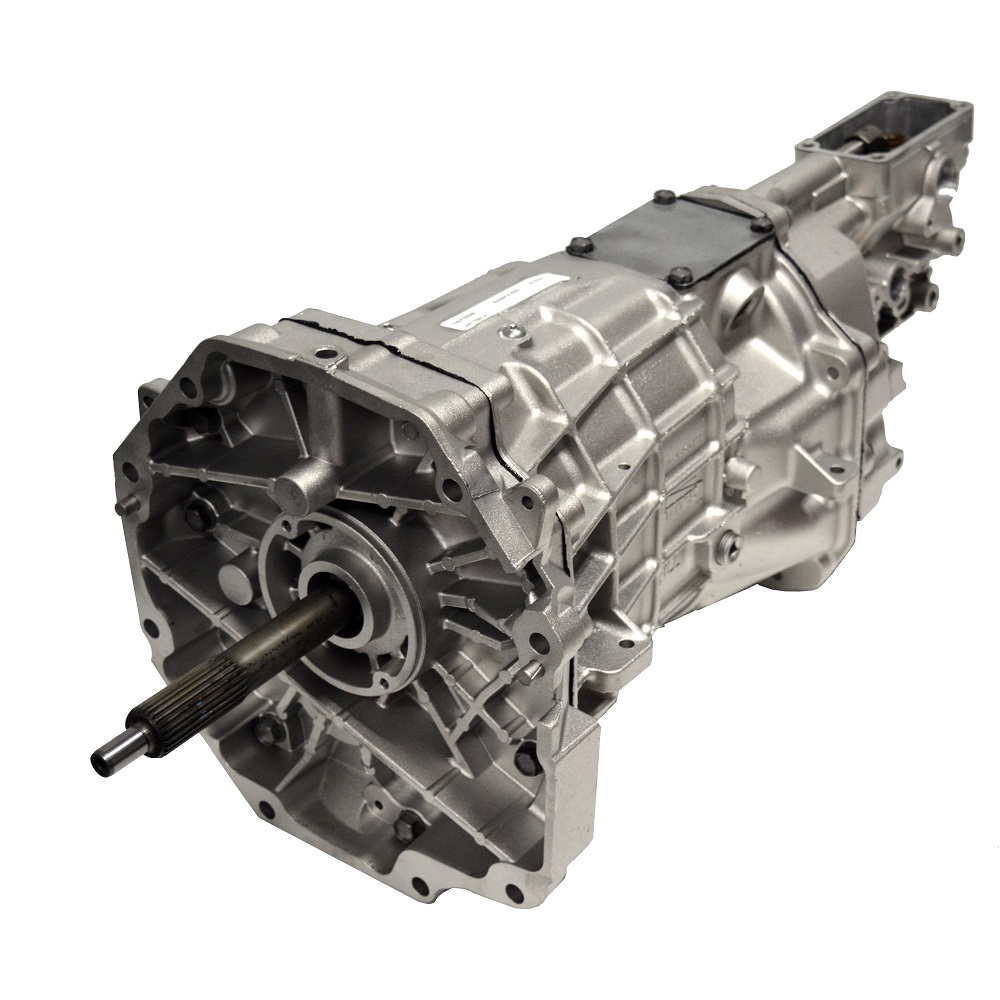
Leave a Reply